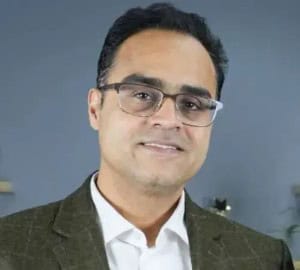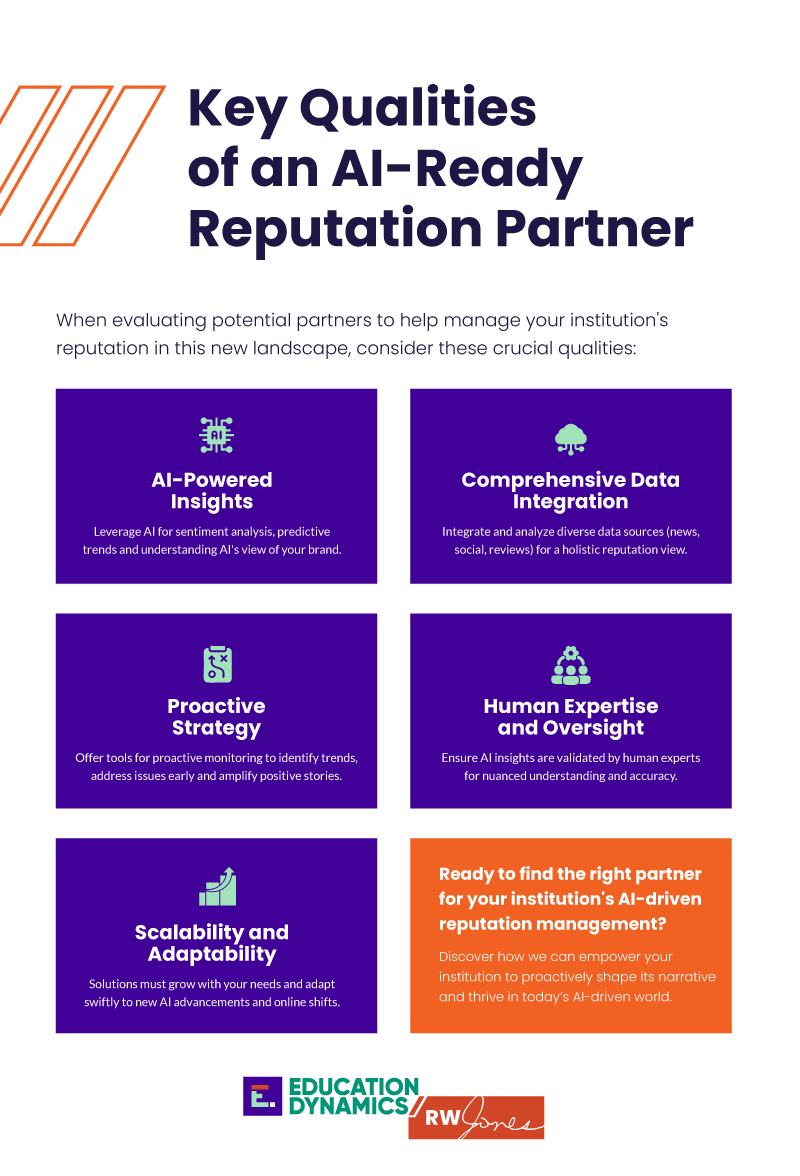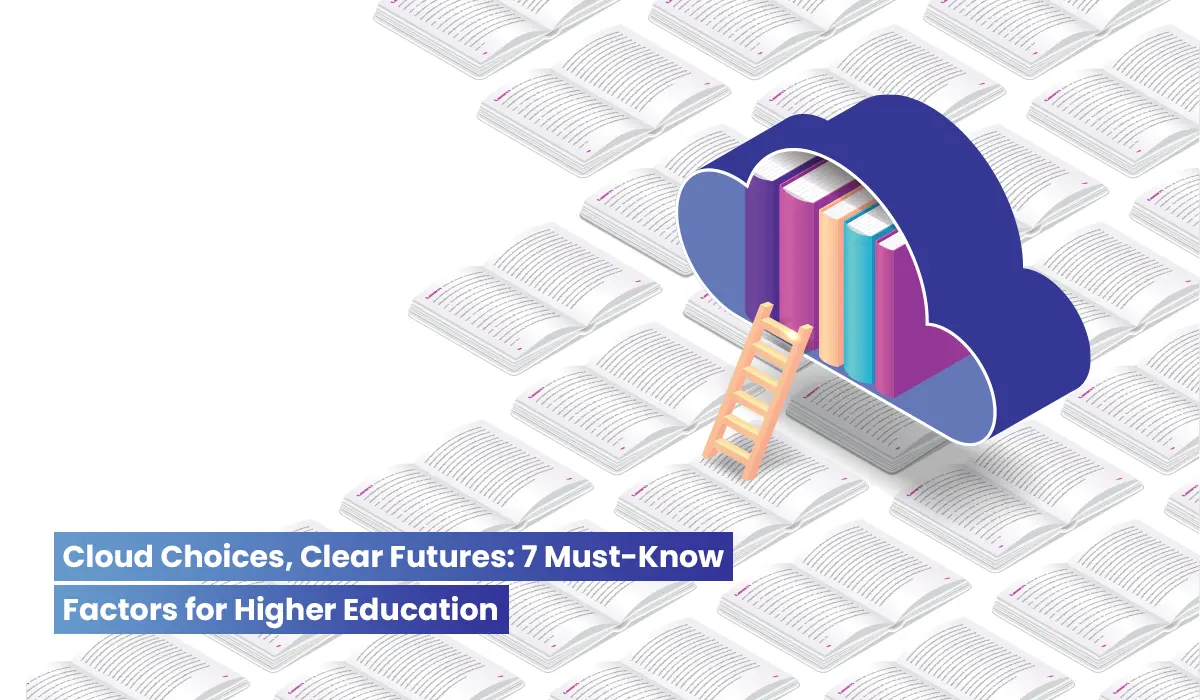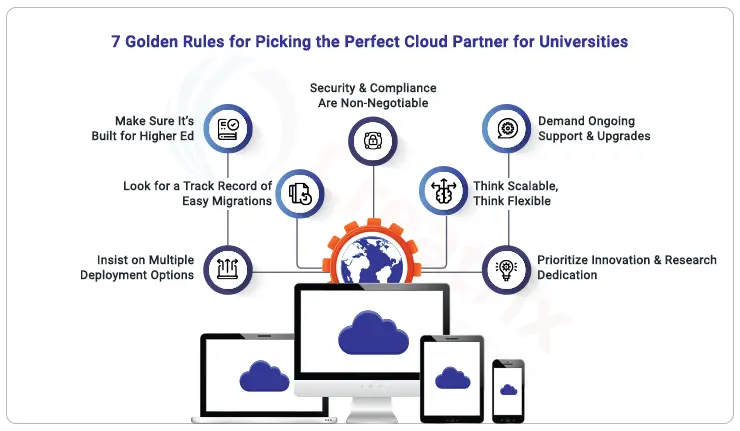This blog was kindly authored by Alice Routledge, Policy Labs Adviser at Wellcome Trust.
The UK’s unsustainably funded university sector is not just a domestic challenge to research innovation and growth. It also risks undermining the UK’s global standing. A new Wellcome report highlights the critical role of research and development (R&D) in shaping international partnerships and influencing how the UK is perceived around the world.
Five years ago, Wellcome published The UK’s role in global research, calling for the UK Government to embrace its strengths in research and development and live up to its place in the world. That report spoke to the optimism for R&D and boosterism of Boris Johnson’s government, leaning into the UK being a science superpower and the idea of a global Britain, following the UK’s exit from the European Union.
The change in geopolitics over the last five years has been stark, and the world has changed dramatically. A global pandemic, war on mainland Europe, the proliferation of conflict across the Middle East, and a new UK Government are reshaping the context in which UK research operates. With the scaling back of science funding in the US, worries about the future and effectiveness of multilateralism, and internationally diverging trends in the trust of science itself, it was time to think up a new narrative for UK international science collaboration.
In response, Wellcome has released a report urging the Government to resist the trend towards isolationism, and build on its strengths in R&D and diplomacy to become: The Global Partner of Choice for R&D.
Why R&D as a tool for diplomacy?
The UK excels in research. It ranks first globally for the quality of academic publications and leads the G7 in international collaboration. Its universities are world-renowned, with three or four regularly ranked among the global top 10. Its tech sector boasts more tech unicorns than any other European country. UK research is naturally international, with over 60 per cent of the UK’s academic publications in 2022 being co-authored by international researchers – the highest proportion in the G7.
It creates growth. Public investment in R&D delivers strong returns: £1 invested in public R&D leverages double that in private investment and generates £7 in net benefits to the UK economy in the long run. In internationally neglected disease research alone, sustained investment could generate more than £4.8 billion of private sector investment in R&D and create nearly 4,000 UK jobs.
R&D also strengthens the UK’s diplomatic reach, with international research partnerships and alumni networks serving as powerful tools of soft power and global influence.
There is no national security without health security. Investment in global health research helps to prevent future pandemics by funding the Coalition for Epidemic Preparedness, and finding solutions for infectious diseases such as malaria, TB and meningitis. The report recommends that the Ministry of Defence ensure that it uses its increasing R&D budget to invest in research that supports health security while welcoming the government funding for the collaboration between the Defence Science and Technology Laboratory and the Pandemic Institute for vital research into emerging infectious diseases.
UK leadership in emerging technologies, from AI to genomics, offers a chance to shape global norms and standards in line with democratic values. The report urges the Government to use the UK’s unique ability in both science and diplomacy to convene an international coalition with a common focus on the regulation of emerging technology.
A new narrative for a new era
Wellcome recommends the Government move beyond the language of science superpower or innovation powerhouse. These terms can sound self-congratulatory, and as quoted in the report, “just falls completely flat globally.” Instead, the UK should position itself as the global partner of choice for R&D, a country that others want to work with because of the excellence of its universities as research institutions, its openness, and its commitment to mutual benefit.
This shift in narrative is not just semantic. It requires a change in how the UK approaches international collaboration.
- Modernising partnerships: The UK must move from a model of paternalism to one of partnership. This means co-created partnerships based on mutual benefit, nurtured for the long term and where possible led by researchers
- Choosing partners strategically: partnering with countries for top-down research relationships should focus on research impact. The UK should deepen ties with the European Union and forge new partnerships with low- and middle-income countries. This will require a rethink of the UK’s approach to Official Development Assistance (ODA), ensuring it supports long-term, equitable research collaborations.
- The global exchange of people and ideas: The Government should prioritise reducing the barriers to the global exchange of people and ideas. The Government could encourage an exchange of research talent at all stages with strategic partners around the world by including provisions in Free Trade Agreements and science and innovation agreements, or through joint PhD or exchange schemes and by reducing the costs of moving to the UK.
Implications for higher education
To become the global partner of choice for R&D, the UK must ensure that its higher education sector is financially sustainable. Universities play a central role in the UK’s research ecosystem – convening global talent, producing world-class research, and cultivating international alumni networks that serve as diplomatic assets. Yet they will struggle to play this role if they remain under-resourced. Up to 72% of providers are facing an income deficit in 2025-26, and many universities are currently consulting on redundancies.
While the recent Spending Review did not deliver the funding uplift many hoped for, exploring more stable funding streams must not come at the expense of fundamental research. Funders, institutions, and the Government must work together to ensure the UK remains an attractive place to collaborate on research.













